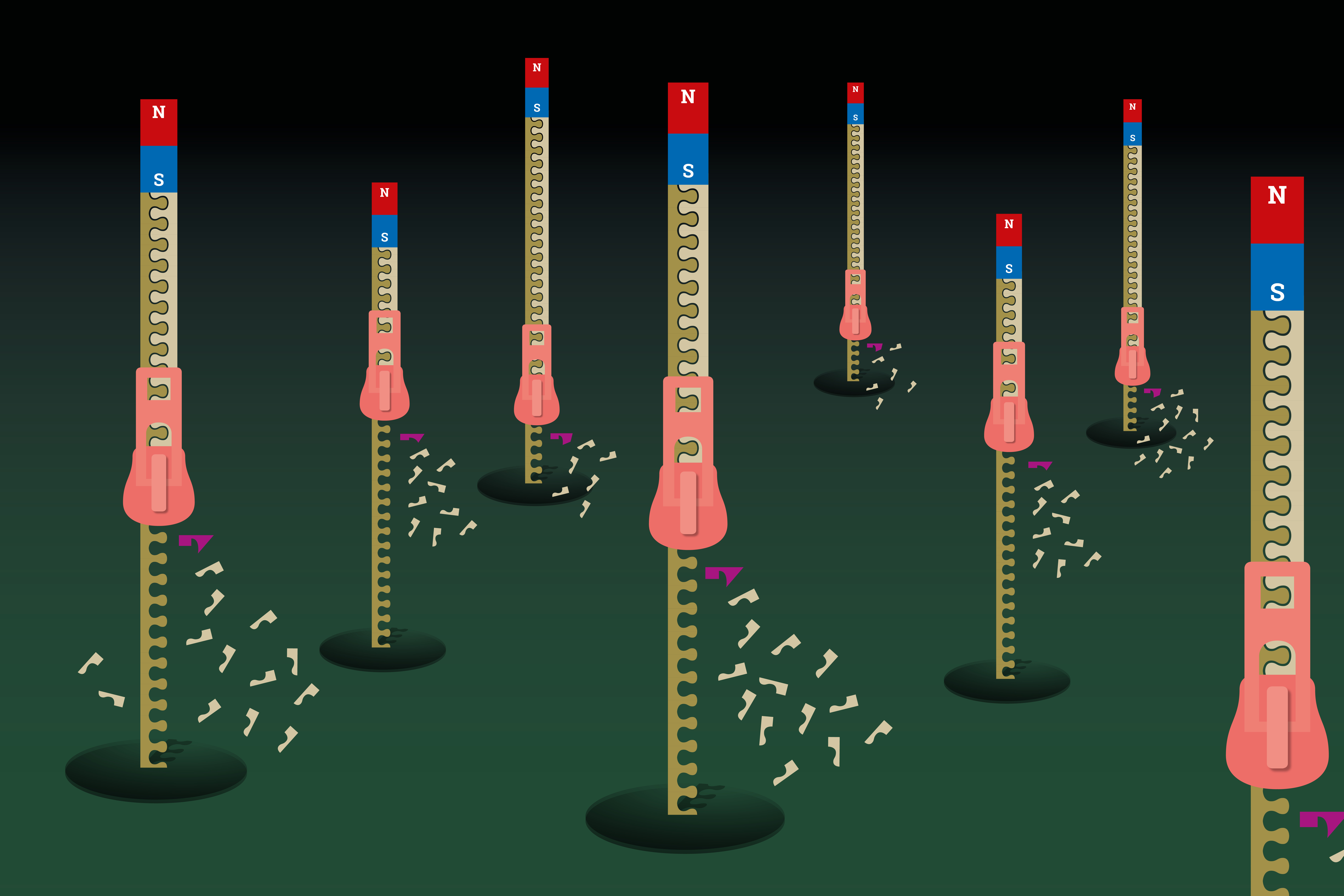Researchers unravel molecular replication process of covid-19
Is there a way to stop SARS-CoV-2-? An international consortium, led by biophysicist David Dulin at VU Amsterdam and in collaboration with Martin Depken from TU Delft, has investigated how to interfere with the viral genome-replication process at the molecular level. When this process is stopped, the virus can’t replicate and spread inside the body. The findings of the study were recently published in Cell Reports and eLife.
Molecular drugs
Pathogens, like SARS-CoV-2, invade and take control over human cells, and repurpose their resources to fabricate copies of themselves. Essential to this process is the duplication of the viral genome written in the letters of the genetic alphabet A, C, G and U. When strung together in the right order, these natural nucleotides form the long RNA molecule that constitutes a new viral genome.
Because genome synthesis is key to the reproduction of the virus, researchers are developing molecular drugs to interfere with this process. These drugs are called nucleotide analogs and consist of small molecules designed to mimic the natural nucleotides, and take their place during the synthesis of the viral blueprint.
When a nucleotide analog is incorporated the RNA Polymerase, the nanoscopic machine in charge of the viral genome synthesis, slows down or stops. A well-known member of this family of drugs is remdesivir, which has been approved by the regulatory authorities of several countries for the treatment of Covid-19.
Three different pathways
In order to rationally design nucleotide analogues, their mode of selection and incorporation in the growing RNA must be understood. To this end, biophysicists have developed a new method to follow single SARS-CoV-2 RNA polymerase molecules with great precision. Using this method, they have shown that this molecular machine incorporates natural nucleotides through three different pathways that modulate mutations incorporation in the genome and virus evolution. “We now understand how the coronavirus polymerase selects and incorporates nucleotides to multiply the SARS-CoV-2 genome”, says senior author David Dulin. They recently published these results in Cell Reports.
What defines a potent, antivirus nucleotide analogue, is how well it is incorporated by the RNA polymerase in competition against natural nucleotides present in the cell. Therefore, it is important to understand the role of the three different pathways during nucleotide analog selection and incorporation. Further research has revealed that the nature of the chemical modification in the nucleotide analog defines the pathway by which it is incorporated into the growing RNA. Because these pathways have different likelihoods, the path chosen defines the antiviral efficacy of the nucleotide analog. “Influencing the choice of the incorporation pathway through rational drug design is an exciting route to improve therapeutic efficacy”, says co-author Martin Depken of TU Delft. These results have now been published in a second article in the journal eLife.
“It will take some time, possibly years, for these observations to yield a therapeutic to treat Covid-19”, explains co-author Craig Cameron, a virologist at UNC Chapel Hill. “So far, we have only repurposed antiviral drugs known to work on other viruses. We simply have no understanding of what makes a given nucleotide analogue a good substrate specifically for the coronavirus polymerase. We now need to rationally design the next generation of nucleotide analogues, and our work is a step towards making that goal reality.”
More information
Dr. Martin Depken
S.M.Depken@tudelft.nl
Website

